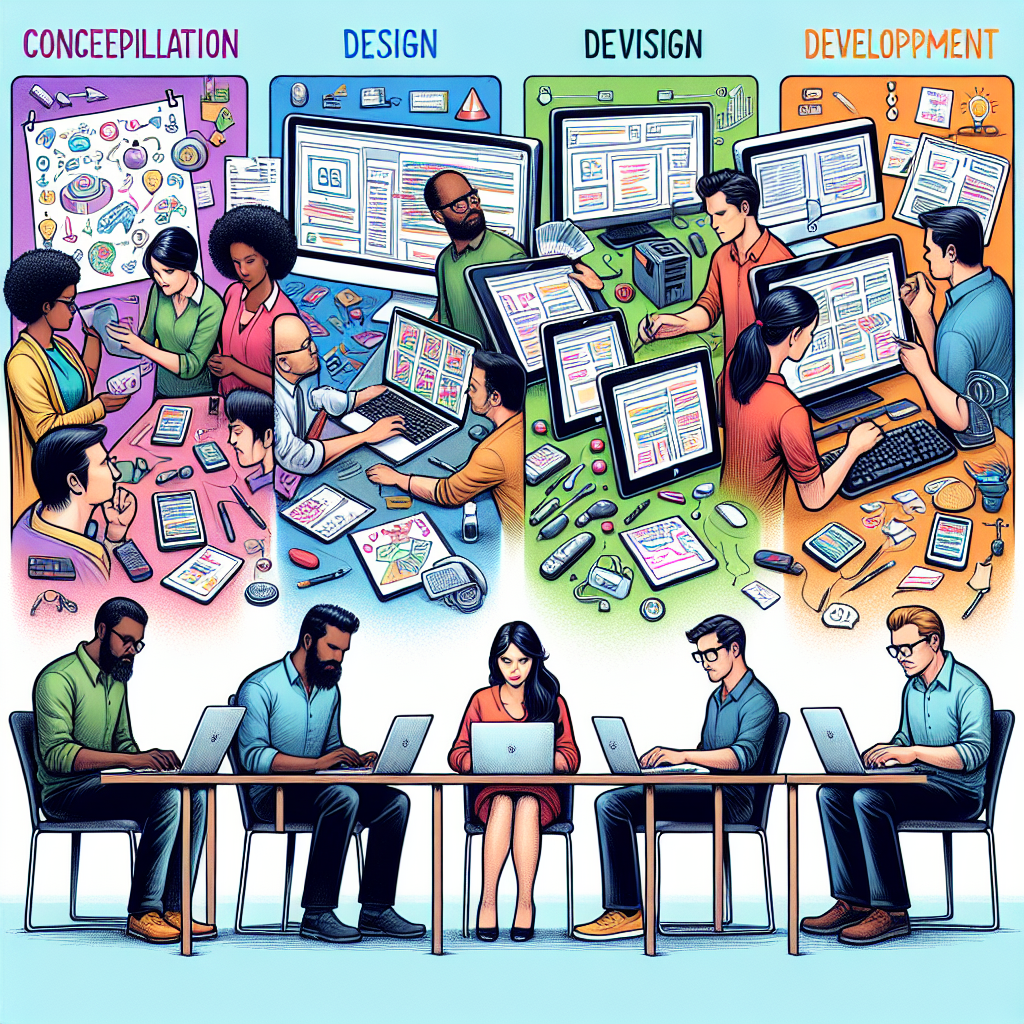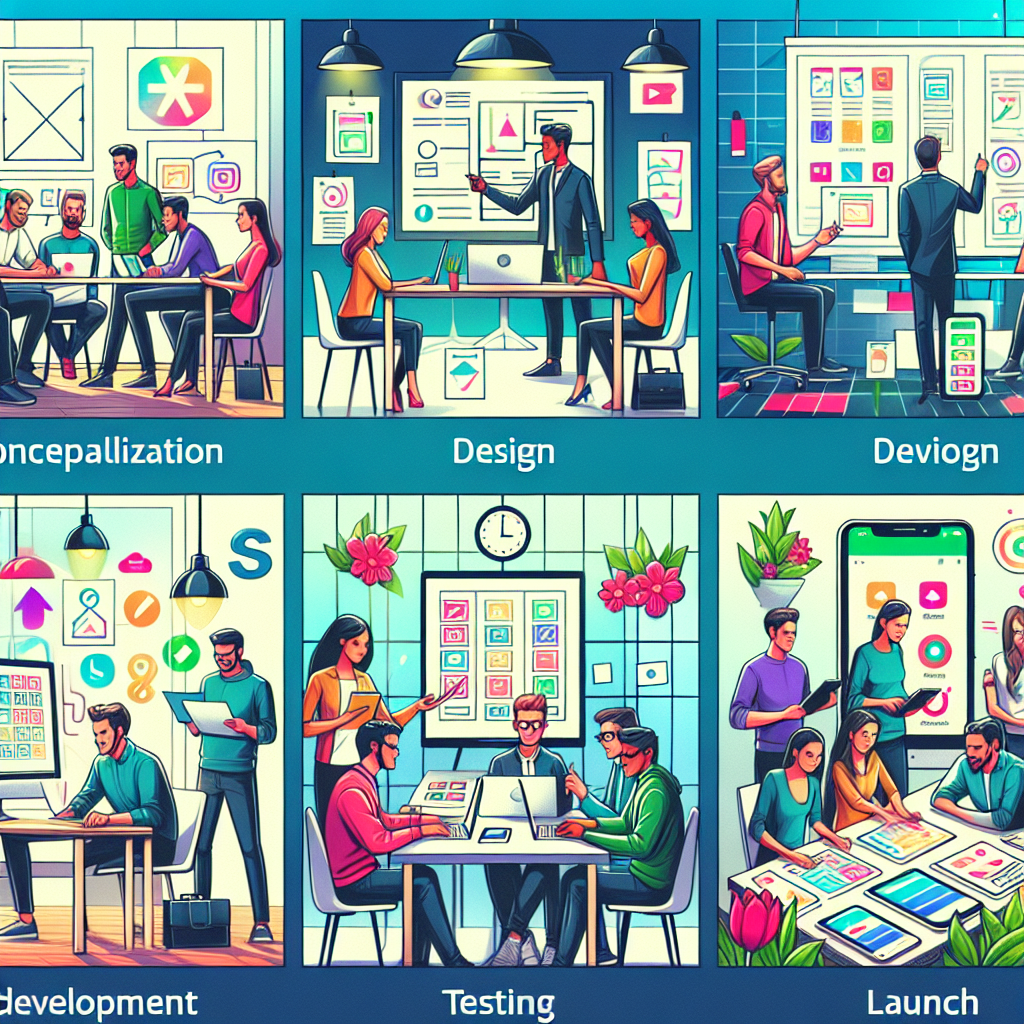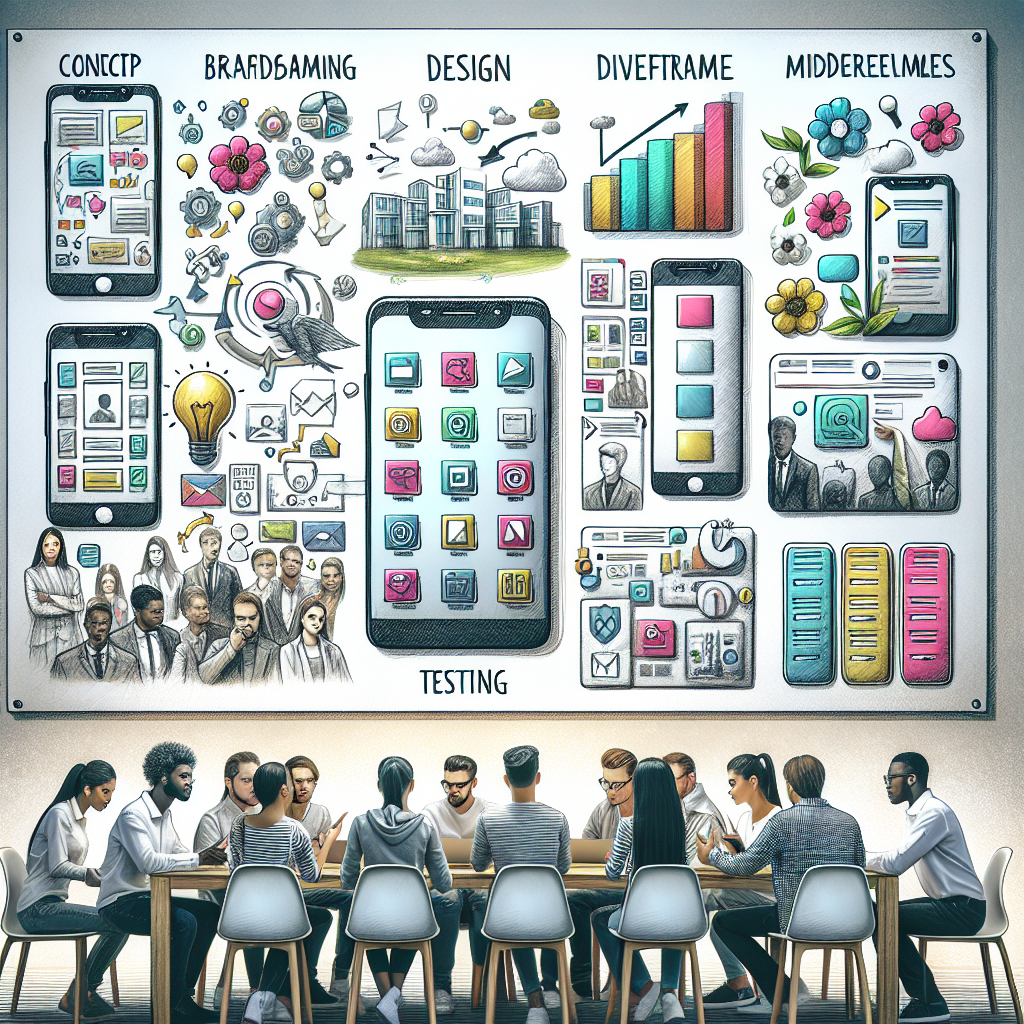The journey of creating a mobile application involves a series of well-defined steps that ensure its functionality, usability, and aesthetic appeal. Understanding this process is crucial for both technical and non-technical individuals aiming to bring their app ideas to life.
Initially, the process begins with conceptualization. This phase involves brainstorming ideas, identifying the target audience, and defining the primary goals of the app. A well-crafted concept lays the foundation for all subsequent steps.
Next, the focus shifts to design. In this stage, wireframes and prototypes are created to visualize the app’s layout and user interface. Tools like Sketch and Figma are often utilized to facilitate this process, allowing stakeholders to provide feedback before development begins.
Following design, the development phase kicks off. This is where developers write code and build the app’s functionality. The development process can be divided into two main parts: front-end (what users see) and back-end (server-side operations). Collaboration between developers and designers is essential to ensure that the app aligns with the initial vision.
Once development is complete, it’s time for testing. Quality assurance testing helps identify and fix bugs, ensuring that the app performs smoothly across different devices and operating systems. This iterative process is vital for delivering a polished final product.
Finally, the app is ready for launch. This stage involves deploying the app to the relevant app stores, accompanied by a marketing strategy to attract users. Successful launch campaigns often include promotional tactics that leverage social media, influencer marketing, and press releases.
By understanding these stages, you can navigate the complexities of mobile app development effectively. Whether you’re a novice or a seasoned professional, having a grasp of the process is invaluable. Book A Consultation Now!
Key Stages of Mobile App Development
The mobile app development process can be broken down into several key stages, each serving a specific purpose and contributing to the overall success of the application. Understanding these stages can help streamline the development process and ensure that all aspects are thoroughly addressed.
1. Research and Planning: This initial stage involves extensive market research to identify the needs and preferences of potential users. Understanding competitor apps and current trends can provide valuable insights that shape the app’s features and functionality. Planning also includes defining the project scope, budget, and timeline.
2. Design: Once the planning is complete, designers focus on creating wireframes and user interface (UI) designs. This stage emphasizes user experience (UX) as designers create layouts that are intuitive and engaging. Tools like Adobe XD and InVision are commonly used to create interactive prototypes that allow for user testing and feedback.
3. Development: The development phase is where the actual coding takes place. This stage can be divided into two parts: front-end development, which deals with the visual aspects of the app, and back-end development, which focuses on server-side functionalities. Developers work collaboratively to ensure a seamless integration of the two components.
4. Testing: Rigorous testing is essential to identify any bugs or performance issues before launch. Various types of testing, including functional, usability, and performance testing, are conducted to ensure that the app meets the desired quality standards. Testing can be done using both manual and automated methods.
5. Deployment: After testing and final adjustments, the app is ready for deployment. This stage involves submitting the app to app stores such as the Apple App Store and Google Play Store, ensuring that it meets all guidelines and requirements for approval.
6. Post-Launch Maintenance: Once the app is live, the focus shifts to ongoing maintenance and updates. Gathering user feedback, monitoring performance analytics, and fixing bugs are crucial for the app’s long-term success and user retention.
By understanding these key stages, developers and stakeholders can work effectively toward creating a successful mobile application that meets user needs and stands out in the competitive app market.
Choosing the Right Development Platform

When embarking on the journey of mobile app development, one of the most critical decisions you’ll face is choosing the right development platform. This choice significantly impacts the app’s functionality, user experience, and overall success. There are several platforms to consider, each with its unique advantages and considerations.
1. Native Development: Native apps are developed specifically for a particular operating system, such as iOS or Android. This approach allows developers to leverage the full potential of the device’s hardware and software capabilities, resulting in high performance and a seamless user experience. However, native development often requires separate codebases for each platform, which can increase development time and costs.
2. Hybrid Development: Hybrid apps are built using web technologies like HTML, CSS, and JavaScript and are then wrapped in a native application shell. This allows developers to create a single codebase that can run on multiple platforms, significantly reducing development time and costs. While hybrid apps may not deliver the same level of performance as native apps, advancements in frameworks like React Native and Flutter are bridging this gap.
3. Cross-Platform Development: Cross-platform development tools enable developers to write code once and deploy it across various platforms. This approach combines the benefits of both native and hybrid development, allowing for faster development cycles and cost-effectiveness. Popular frameworks such as Xamarin and PhoneGap facilitate cross-platform development, making it easier to reach a wider audience.
4. Web Apps: Web apps are essentially mobile-optimized websites that function similarly to native applications but run in a browser. They are less expensive to develop and maintain, but they may lack offline capabilities and access to device features. Web apps can be an excellent option for businesses looking for a quick and cost-effective solution.
5. Considerations: When choosing a development platform, consider factors such as your target audience, budget, timeline, and the specific features you want to implement. Each option presents its trade-offs, so it’s essential to align your choice with your app’s goals and target market.
In summary, selecting the right development platform is a pivotal step that can influence every aspect of your mobile app. By carefully evaluating your options and understanding the unique benefits of each platform, you can make an informed decision that sets your app up for success.
Essential Tools for Mobile App Development

In the dynamic world of mobile app development, having the right tools at your disposal can make all the difference. These essential tools not only streamline the development process but also enhance collaboration, testing, and deployment. Here are some of the key categories and tools that every mobile app developer should consider:
1. Integrated Development Environments (IDEs): IDEs are crucial for coding and debugging mobile apps. Popular choices include:
- Xcode: The go-to IDE for iOS development, offering a suite of tools to build, test, and debug applications.
- Android Studio: The official IDE for Android app development, featuring powerful tools for building high-quality apps.
- Visual Studio: A versatile IDE that supports various programming languages and is ideal for cross-platform mobile development.
2. Frameworks: Frameworks expedite the development process by providing pre-built components and libraries. Consider:
- React Native: A popular framework for building cross-platform apps using JavaScript and React.
- Flutter: Developed by Google, Flutter allows for stunning UI and high performance across platforms with a single codebase.
- Ionic: A powerful framework for building hybrid mobile apps using web technologies.
3. Backend Services: A robust backend is essential for data management and user authentication. Tools to consider include:
- Firebase: A comprehensive platform that offers real-time databases, cloud storage, and authentication.
- Amazon Web Services (AWS): A powerful cloud platform that provides a wide array of services for app development.
- Backendless: A user-friendly backend as a service (BaaS) for developers looking to accelerate their development.
4. Testing Tools: Proper testing is vital to ensure a bug-free user experience. Key tools include:
- Appium: An open-source tool for automating mobile app testing across various platforms.
- TestFlight: A platform for iOS app testing that allows you to distribute beta versions to testers.
- JUnit: A widely used testing framework for Android applications to ensure quality and performance.
5. Analytics Tools: Understanding user behavior is crucial for app success. Consider integrating:
- Google Analytics: A powerful tool for tracking user interactions and app performance.
- Mixpanel: Provides advanced analytics for tracking user engagement and retention.
- Flurry: A popular analytics solution for mobile apps that offers insights into user behavior.
By leveraging these essential tools for mobile app development, you can enhance your workflow, improve collaboration, and ultimately deliver a superior product to your users. Each tool plays a specific role in the development cycle, making it vital to choose the right ones that align with your project goals.
Best Practices for Successful App Launch

Launching a mobile application is a pivotal moment that can significantly influence its success. To ensure a smooth and effective launch, adhering to best practices is essential. Here are some key strategies that can help you achieve a successful app launch:
1. Conduct Thorough Market Research: Understanding your target audience and competitors is crucial. Conduct surveys, analyze app store trends, and gather user feedback to identify gaps in the market that your app can fill.
2. Create a Pre-Launch Marketing Strategy: Building anticipation before your app’s release can drive initial downloads. Utilize social media, blogs, and email newsletters to generate buzz. Consider creating a landing page to capture interested users’ emails.
3. Optimize App Store Listing: Your app store presence can make or break your launch. Optimize your app’s title, description, and keywords to enhance visibility. Additionally, use captivating visuals, such as screenshots and promo videos, to attract potential users.
4. Engage with Beta Testers: Prior to the official launch, conduct beta testing with real users to gather valuable feedback. This allows you to identify bugs, improve functionality, and fine-tune user experience before going live.
5. Plan for User Acquisition: Develop a user acquisition strategy that includes paid advertising, influencer partnerships, and referral programs. This will help you reach a wider audience and encourage downloads from the outset.
6. Prepare for Feedback and Updates: Post-launch, be ready to address user feedback promptly. Monitor reviews and ratings to identify areas for improvement. Regular updates will not only fix issues but also keep users engaged and satisfied.
7. Track Performance Metrics: Utilize analytics tools to measure your app’s performance post-launch. Key metrics such as downloads, user engagement, and retention rates will provide insights into your app’s success and areas that may need adjustment.
By implementing these best practices for a successful app launch, you can maximize your chances of achieving your goals and gaining a loyal user base. A well-executed launch sets the foundation for your app’s ongoing success and growth in the competitive mobile landscape.
Strategies for Effective User Acquisition

Gaining users for your mobile application is a crucial aspect of its success. Implementing effective user acquisition strategies can help you grow your user base and ensure long-term engagement. Here are several proven methods to attract and retain users:
1. Leverage Social Media Marketing: Utilize platforms like Facebook, Instagram, and Twitter to promote your app. Create engaging content that highlights its features and benefits. Paid advertising on these platforms can further enhance your reach.
2. Utilize Influencer Partnerships: Collaborate with influencers in your app’s niche to reach a broader audience. Influencers can authentically promote your app to their followers, which can lead to higher download rates.
3. Implement Referral Programs: Encourage your current users to invite friends by offering incentives, such as discounts or exclusive features. Referral programs can significantly boost user acquisition as people trust recommendations from friends.
4. Optimize App Store Visibility: Ensure your app is easily discoverable in app stores by optimizing your app listing with relevant keywords, compelling descriptions, and high-quality visuals. A well-optimized listing can lead to increased organic downloads.
5. Content Marketing: Create informative and engaging content that relates to your app’s purpose. Blogs, videos, and podcasts can attract potential users while establishing your brand as an authority in the field.
6. Targeted Advertising: Use targeted ads on platforms like Google Ads to reach specific demographics that align with your target audience. Tailoring your ads can help maximize conversion rates.
7. Email Marketing: Build an email list and engage with potential users through newsletters. Provide them with updates, tips, and exclusive offers to keep them interested in your app.
By implementing these user acquisition strategies, you can effectively grow your app’s user base and foster a community around your product. Remember, understanding your audience and continuously refining your approach will lead to sustained success.
Ready to enhance your app’s user acquisition strategies? Book A Consultation Now!
